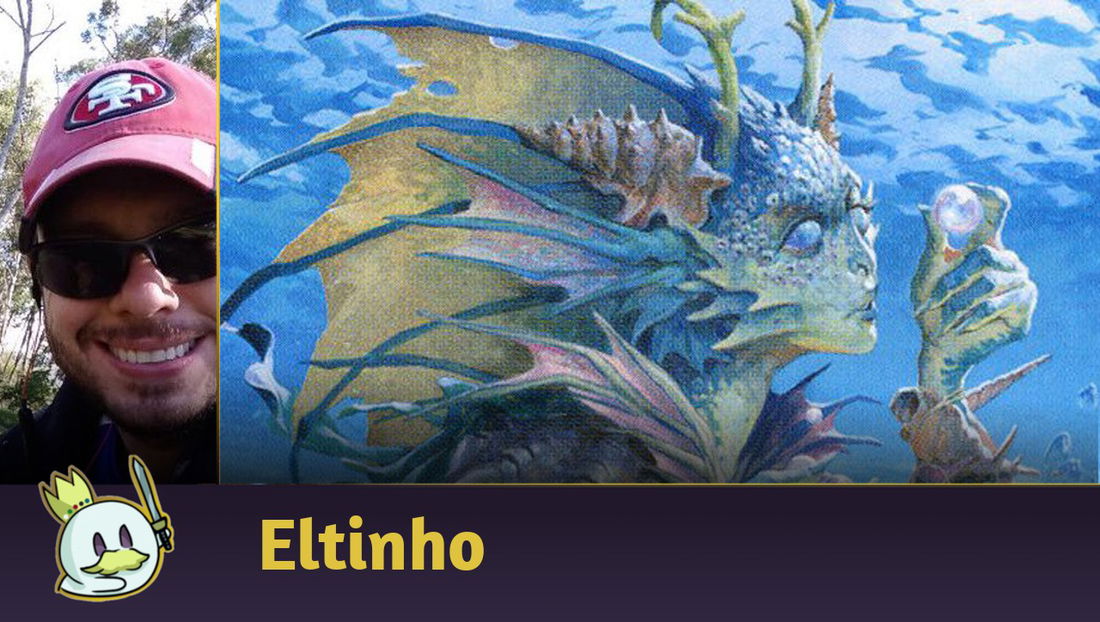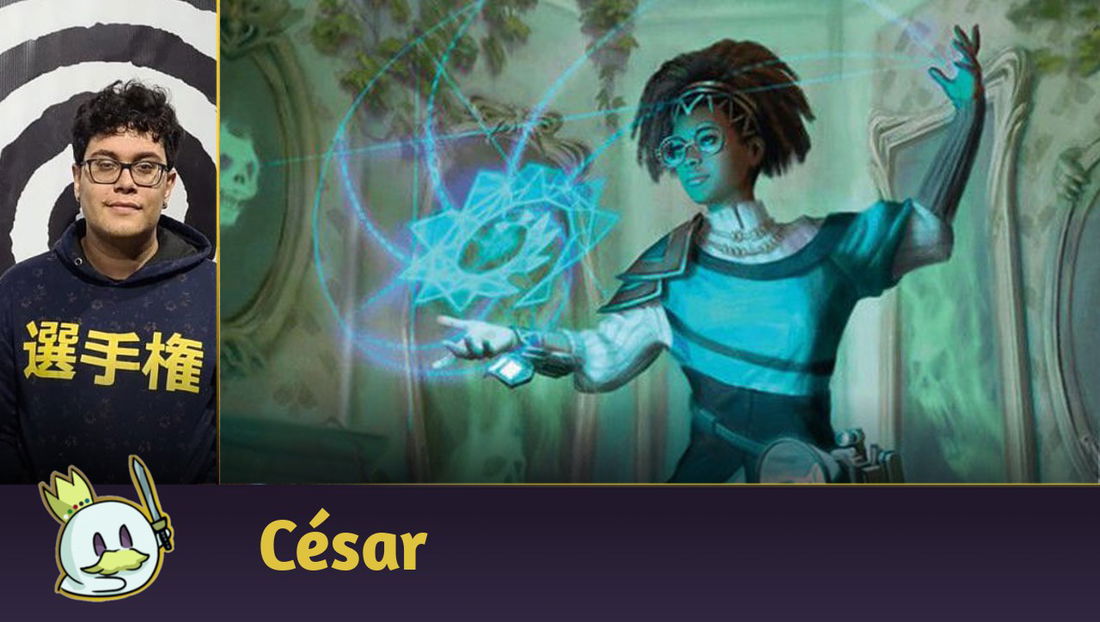Not all cards in Magic: The Gathering are remembered for their design excellence. Over the years, some have stood out as unbalanced, difficult to use, or simply poorly designed.
Whether it’s unnecessary complexity, a lack of synergy with the rest of the game, or frustrating interactions and gameplay, we’ll explore the ten worst card designs in Magic, looking at how they impacted the game and what made them such clear examples of how design can go beyond what’s intended.
The 10 Worst Card Designs in Magic
10 - Sorrow’s Path

Sorrow’s Path is arguably the worst Magic card of all time (sorry, One With Nothing, you still trigger Madness abilities). It's so bad that they didn't even try to replicate its effect on an Un-Set - a land that doesn't generate mana, and whose ability allows you to swap your opponent's blockers between your creatures, but at the cost of dealing two damage to you and each of your creatures.
It's only not higher in our rankings because Magic's design at that time didn't have the planning it would have later, and many ideas were experimental. So the tenth place seems like an appropriate place for a land that does nothing.
9 - Pale Moon

Pale Moon is probably the worst hate for nonbasic lands of all time. In short, it makes these lands generate colorless mana instead of the color they would generate. However, opponents can respond by tapping their lands to generate colored mana before the spell resolves, basically "countering" any usefulness it would have.
The only viability of Pale Moon is to play it in the opponent's upkeep, and even then, they can respond to instants or activate abilities. And since they can still play basic lands, if they have any of them on the board, players can still tap nonbasic lands to pay colorless costs.
8 - Mental Misstep

Mental Misstep is an almost offensive design mistake. Phyrexian Mana is one of the most broken mechanics in Magic, as it escapes all the parameters of the game's color pie - and this card does it in the most offensive way: granting any deck, in any color, the possibility of countering spells for the mere cost of two life.
7 - Companions

Many would rank Companions as one of the three worst designs in Magic history, and perhaps the worst in recent history. The problem is that I like the mechanic and see it from another perspective: that there was a choice between permanently changing the way Magic is played or keeping it as it has been for three decades - Wizards chose the latter.
If there were no errata, Companions would have dominated the game to the point where there would be no reason to play without them in most cases. This would lead to another decision: whether to ban the most problematic creatures from the mechanic, or to accept it as an inherent element of Magic that would dictate the standards of competitive deckbuilding - eventually forcing them to release more Companions to the point where this ability would become a recurring feature in sets, with two or three new creatures per expansion.
Does this make the mechanic a design mistake? Yes. One of the worst because it would completely change the way MTG is played, but it would also have been the possibility of adding a new element that would create a new sense of identity for players towards their favorite creatures, not unlike what they already do in Commander.
6 - Sensei’s Divining Top

Sensei’s Divining Top was banned from Legacy for a reason that went far beyond the card’s power level: it made games take too long. Being able to be activated at any time, using the Top during a game creates repetitive patterns with little interaction, although it does create some matchups where the extra element of manipulating the top of the deck creates important disputes in a game - for example, using a Wasteland against Fetch Lands to remove an important piece from your opponent’s top.
Its problem is amplified when we think about Commander, where turn cycles typically have four players. Each interaction between them can cause the controller of the artifact to want to change what's on top, so they activate the card repeatedly during the turn, especially if their commander has some interaction. Additionally, in competitive REL events and tournaments, Sensei's Divining Top created the additional complexity of drawing a fine line between what defines slow play and when it's necessary to activate it for some reason.
5 - Skullclamp

Skullclamp was an experiment the first time Wizards released Equipment into the game. The adjustments have gradually made this card broken in an unprecedented way: by turning an instance of +1/+1 into +1/-1, one of the most powerful cards in the history of the game was created, turning any creature into a source of card advantage.
The problem with this artifact that makes it one of the worst designs in Magic is how polarizing Skullclamp is: if you're not playing it, you're either playing something against it, or your deck is fast enough to ignore the increased value it generates with your opponent's creatures. When it enters any list, it is polarizing to a level that goes beyond other cards known by that adjective, such as Oko, Thief of Crowns.
4 - Nadu, Winged Wisdom

Nadu, Winged Wisdom is one of the worst designs in Magic, and its temporality and history don't help: it was created with a purpose and fixed until it reached its final iteration, even with a limit on how many times its ability could be triggered per creature.
The problem is that Nadu, along with cards like Shuko or Nomads en-kor, creates some of the most miserable play patterns in Magic history, with inconclusive combo turns that can last more than ten minutes of a single player doing their thing while the others watch, creating an experience so bad that it has already led to its ban in Modern and also in Commander, the format for which it was intended.
3 - Bridge from Below

Bridge from Below is a different game disguised as a Magic card. It doesn't work on the battlefield, its mana cost is merely illustrative, it forces players to destroy their own creatures to deal with it, and it is, by far, one of the most parasitic deckbuilding cards in history.
Its insertion into decks basically forces a sort of subgame around forcing the opponent to somehow deal with something they can't interact with on the board, and that requires very specific responses. Simple to resolve with the right trades, but very difficult if you don't prepare for it - consequently, nothing fair or good came from the release of this card in Future Sight.
2 - Goblin Game

Magic tried, in its early days, to work with external elements and physical prowess. Chaos Orb became a hallmark of these effects due to an urban legend about a player who allegedly tore the card into small pieces and threw it at his opponent's board to destroy all of their permanents - this legend culminated in the release of Chaos Confetti in Unglued. Falling Star had a similar effect in Legends, but did not achieve the same fame.
What makes Goblin Game one of the worst designs in the game is that it is another card from a main set that directly interacts with external objects - and unlike the examples above, it was released in 2001, eight years after Magic's first expansion and enough time for the design team to learn the problems of introducing physical prowess and external elements into the game.
Goblin Game forces players to pick up and hide objects, only to reveal them later for the card's effect. Today, it is recommended by the official rules that, instead of hiding objects, players should secretly write numbers on papers like some cards with the Will of the Council mechanic, but its original design is extremely troublesome and one of the worst ever made for Magic: The Gathering.
1 - Shahrazad

It is understandable that the early years of Magic were more experimental and that there was no good game design philosophy in what would be the pioneer in the TCG market. But it is difficult to imagine any good idea coming from the concept of creating a sub-game within the game - the exact effect of Shahrazad.
Whether for logistical purposes or enjoyment, Shahrazad is the most wrong design in the history of Magic because it does not add anything positive - not even cards like Apocalypse Chime, which only work against a specific set, are so limiting. Any table where a Shahrazad resolves will be an instant concession due to the mere gameplay limitations that creating a subgame demands, not to mention the mental strain caused by having to play it.
Today, Shahrazad has become a reference for Un-Set cards that reproduce its effect in some way - and even in these, it was necessary to nerf life totals so that the games wouldn't get too long. That's right: this card is so badly designed that its ability had to be rebalanced at an Un-Set. This is proof of how the concept of a “subgame” was the biggest and most grotesque design mistake in Magic: The Gathering.
Conclusion
That's all for today!
If you have any questions or suggestions, feel free to leave a comment!
Thanks for reading!













— Comentarios 0
, Reacciones 1
Se el primero en comentar